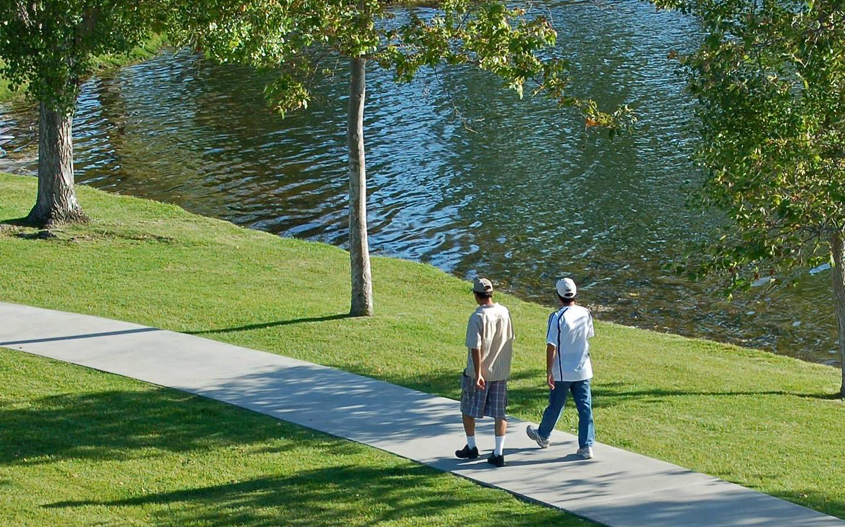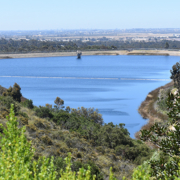Three City of San Diego reservoirs will reopen for public recreation this weekend. Miramar Reservoir in Scripps Ranch and Lake Murray in San Carlos open on Friday. The Lower Otay Reservoir will reopen on Saturday, May 16.
The three reservoirs will be open during regular business hours for walking, jogging, cycling, fishing, and boating, with new safety protocols in place. Normal fishing and boating fees will apply.
New protocols include:
- Restrooms cleaned every two hours
- Parking lot capacity reduced by 50% to maintain physical distancing
- Users must comply with County of San Diego public health orders, including facial coverings (masks) and physical distancing
“As we continue to reopen safely and responsibly, we’re looking to expand recreational opportunities for San Diegans eager to stretch their legs or take their boat out on the lake,” said San Diego Mayor Kevin Faulconer.
New protocols enforced through education
San Diego Police Department personnel will enforce illegal parking at the lakes, in the bike lanes, along the red curbs, or on sidewalks. Parking congestion and illegally parked vehicles originally forced San Diego to close the reservoirs to recreation on March 22. Any violations of the new protocols will be monitored with an education-first focus.
Four other San Diego reservoirs – El Capitan, Hodges, San Vicente, and Upper Otay – are still being evaluated for potential reopening at a future date. Barrett and Sutherland Reservoirs will remain closed all year.

Walkers at Santee Lakes. Photo: Padre Dam Municipal Water District
Santee Lakes reopened its day-use park day with some restrictions on May 1. There is a limited occupancy each day, physical distancing is required, and hours are limited to 9 a.m. to 5 p.m. The lake’s campsites remain open, but campers must practice physical distancing while on site.
For more information about Santee Lakes go to: https://www.santeelakes.com/COVID19_dayuse_protocols.
For more information about the City of San Diego’s reservoirs go to: sandiego.gov/reservoirs-lakes




